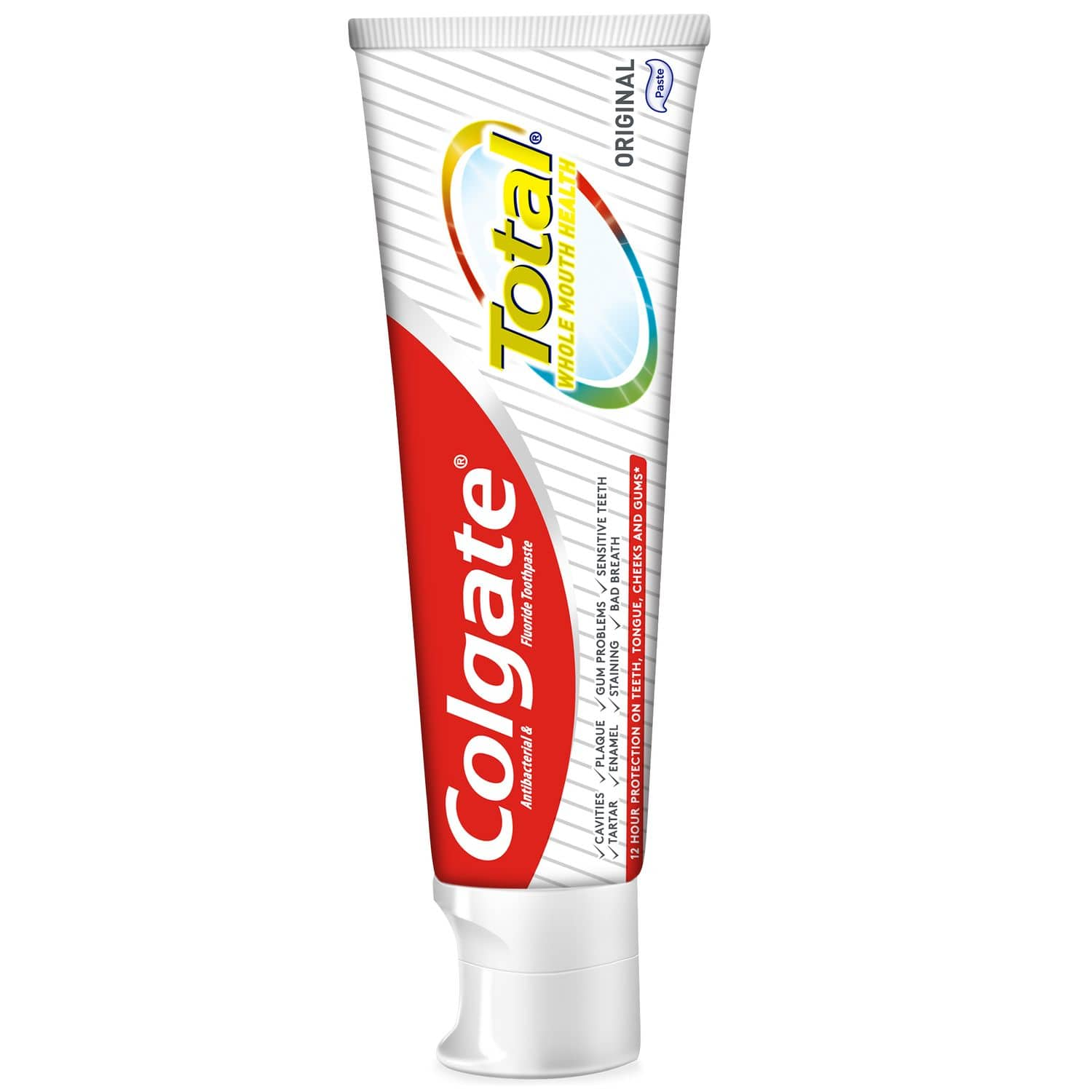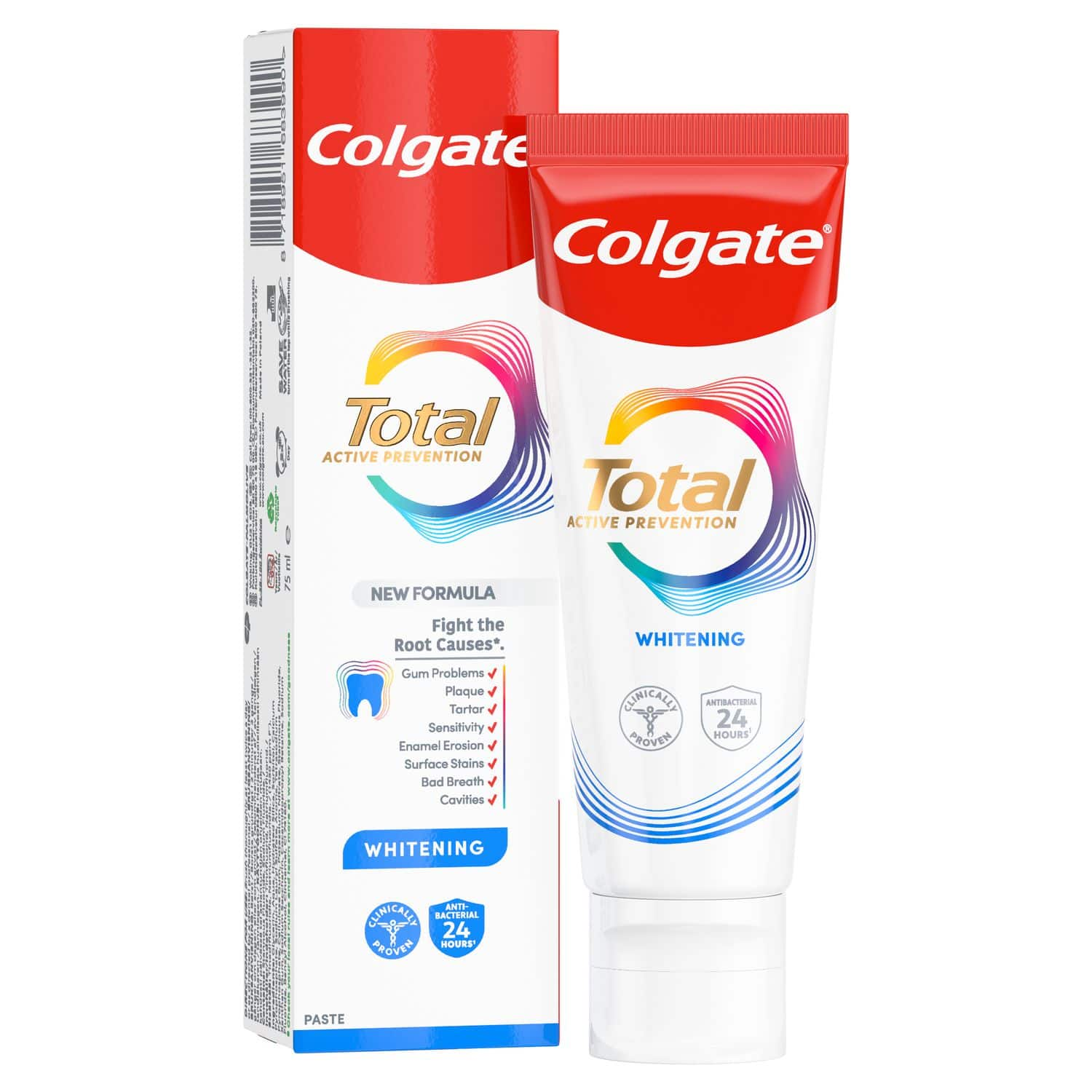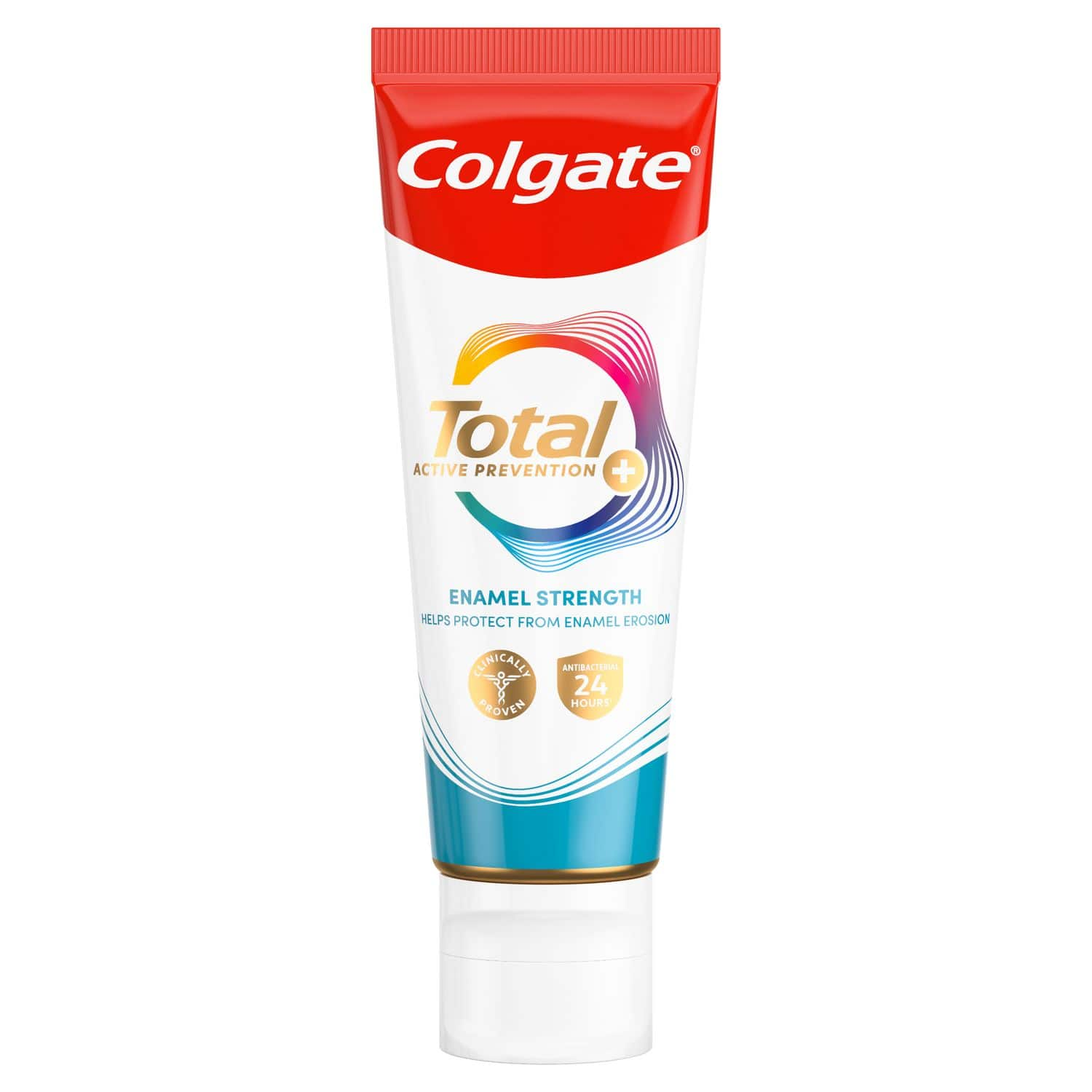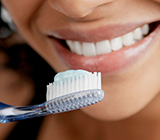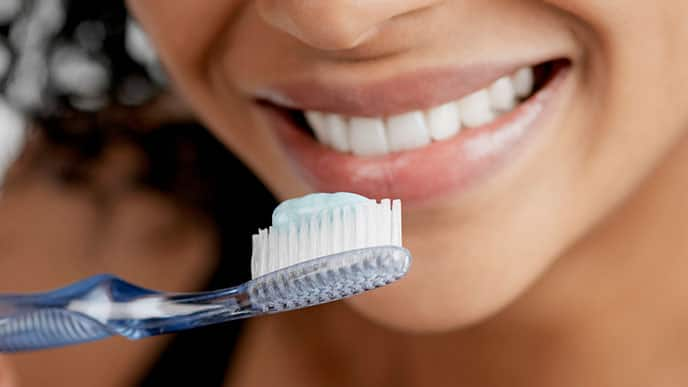Common Symptoms
Many people want to know how to know if wisdom teeth are coming in, and the first signs are usually tender gums or discomfort at the back of your mouth. You may also experience headaches due to the buildup of pressure in your gums.
Sometimes, wisdom teeth can grow in at an odd angle or become stuck under the surface of your gums, this is known as ‘impacted’ wisdom teeth and can lead to other problems. The most common symptoms of impacted wisdom teeth include:
- Pain
- Infection
- Red or swollen gums
- Damage to adjacent teeth
Reasons for Extraction
Unfortunately, wisdom tooth-related problems are quite common. If your wisdom teeth are impacted, it can cause infection, crowding, improper bite alignment and other problems. This can make you a candidate for wisdom teeth removal.
A partially erupted wisdom tooth may also produce a condition known as pericoronitis, an infection where bacteria from food, plaque and other debris become trapped between the space of the impacted tooth and the gum. Patients with pericoronitis may notice painful, swollen gums near the wisdom tooth.
Making the Decision
It's important to speak to your dentist about any discomfort or indications of impacted wisdom teeth. If these teeth don’t cause any problems they can remain untouched. But if the wisdom teeth are problematic, your dentist may recommend wisdom teeth removal.
If you need wisdom teeth removal, the procedure is usually performed by an oral surgeon or dentist. In some cases, wisdom tooth extraction may only need local anaesthetic, but sometimes you may need general sedation, depending on the complexity of the procedure. Dentists usually recommend wisdom teeth removal at a young age because the tooth roots are not fully developed, making them easier to remove.
What to Expect — Before the Procedure
There are three types of anaesthesia, and depending on the nature of your procedure coupled with your comfort level, you’ll end up receiving it in one of three ways:
Local Anaesthesia
Local anaesthetic is administered by injection at the site of the tooth extraction. Before this injection is given, your dentist or surgeon will use a numbing agent. You’ll be awake with this type of anaesthetic, and though you'll feel some pressure and movement, you shouldn't experience any pain.
Sedation Anaesthesia
Sedation anaesthesia is administered through an intravenous (IV) line directly into one of your arm veins. This type of sedation means you’re asleep while the surgeon works, and you won’t feel any pain during the surgery. Your surgeon will also numb your gums with a numbing agent or a local anaesthesia.
General Anaesthesia
If you’re not keen on needles, then general anaesthetic might be more suited to you because you inhale it rather than have it injected. Much like sedation, you’ll be asleep throughout the procedure and your breathing, body temperature, heart rate and blood pressure are all monitored by the surgical team.
What to Expect — After the Procedure
After wisdom teeth removal, you’ll be taken to a recovery room to allow the anaesthetic to wear off. Here are some dos and don’ts for after your treatment:
Do
- Follow your doctor's instructions on recovery. After wisdom teeth removal, it’s vital to follow your dentist’s recommendations to help your mouth heal fast and without any complications.
- Rest for the remainder of the day after your surgery. Keep strenuous activity to a minimum for about a week while your surgical wounds heal.
- Eat soft foods for a day or two following the surgery. Applesauce and yoghurt will keep you nourished and be easy to flush from your mouth to avoid infecting the extraction site.
- Take over-the-counter medications that contain paracetamol if you experience pain after your surgery. If pain continues, contact your dentist and they may be able to prescribe something stronger. Using an ice pack against your cheek can also help relieve minor pains.
- Rinse your mouth with warm salt water after every meal and once every couple of hours for a week.
- You may start brushing again a day or two after wisdom teeth removal, but be careful near the surgical site. Brush gently and use a deep-clean fluoride toothpaste.
Don't
- Drink sugary, caffeinated, carbonated or alcoholic beverages for the first few days. Instead, drink plenty of water, and don’t use straws because the sucking action can dislodge the blood clot from the wound, delaying healing.
- Eat foods that are chewy, overly spicy or can get stuck between teeth.
- Engage in any type of spitting because that may dislodge the blood clot. If you think the gauze over the extraction site needs to be replaced, consult your dentist. Swelling and bruising after a procedure is normal, but should improve within a couple of days with the use of an ice pack.
- Brush your teeth, spit or use mouthwash during the first day or so post-operation.
- Don’t smoke or chew tobacco products. Using tobacco products after oral surgery can seriously delay healing and may increase the risk of any complications or infections.
If you have stitches that dissolve on their own, they should be gone in a few weeks. If your stitches need to be removed, your dentist will set up an appointment with you to do so.
When to Call Your Dentist or Surgeon
If you’re experiencing these signs or symptoms after wisdom teeth removal, contact your dentist immediately because they could indicate a dry socket, an infection, nerve damage or other serious complications:
- Swelling that worsens after several days
- Fever
- Prescribed pain medications being ineffective against pain
- Saltwater rinsing not ridding your mouth of bad or lingering aftertastes
- The socket having pus gathering within or oozing from the wound
- A loss of feeling or a persistent kind of numbness
Results
You may not need a follow-up appointment after wisdom teeth removal unless complications arise. Make an appointment with your dentist if you experience other persistent problems (like pain, swelling, numbness, bleeding) or if you need your stitches removed. Wisdom teeth removal is sometimes a necessary procedure to make sure your teeth and gums stay healthy.
This article is intended to promote understanding of and knowledge about general oral health topics. It is not intended to be a substitute for professional advice, diagnosis or treatment. Always seek the advice of your dentist or other qualified healthcare provider with any questions you may have regarding a medical condition or treatment.
ORAL HEALTH QUIZ
What's behind your smile?
Take our Oral Health assessment to get the most from your oral care routine
ORAL HEALTH QUIZ
What's behind your smile?
Take our Oral Health assessment to get the most from your oral care routine
